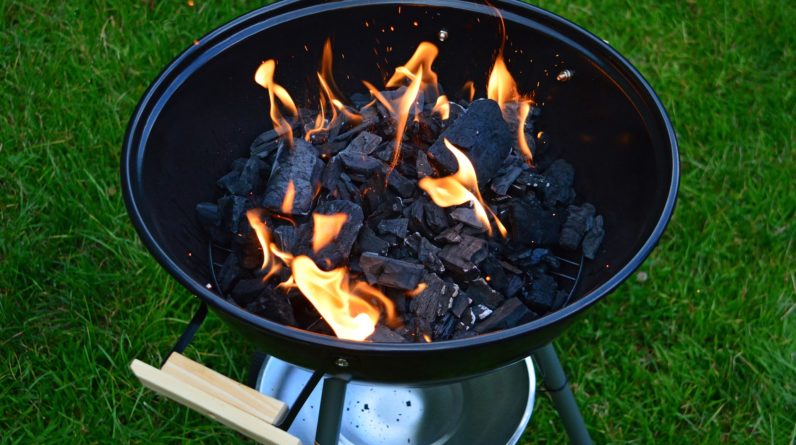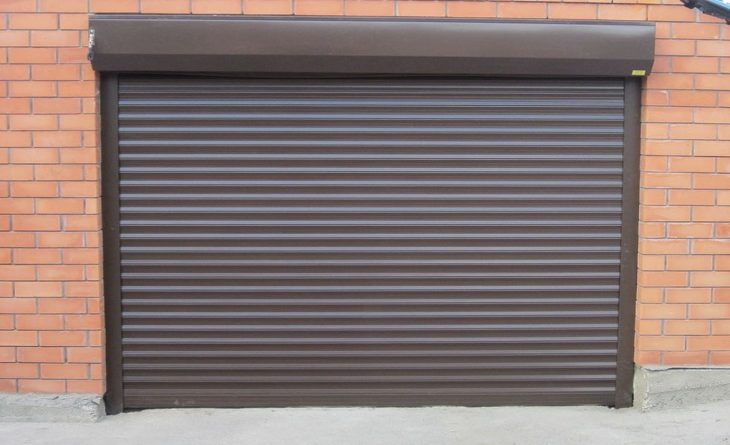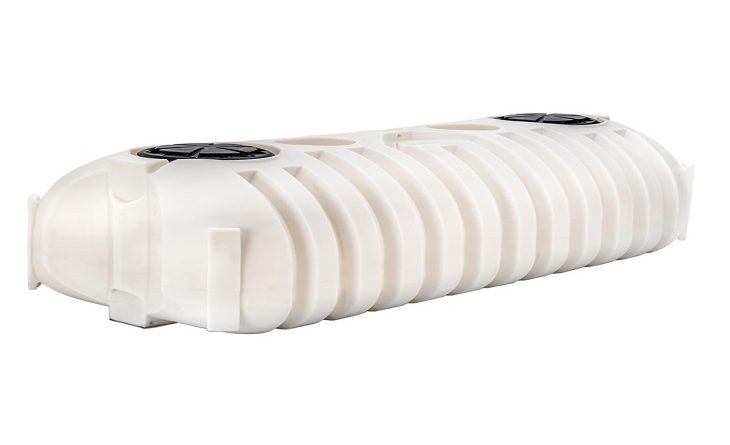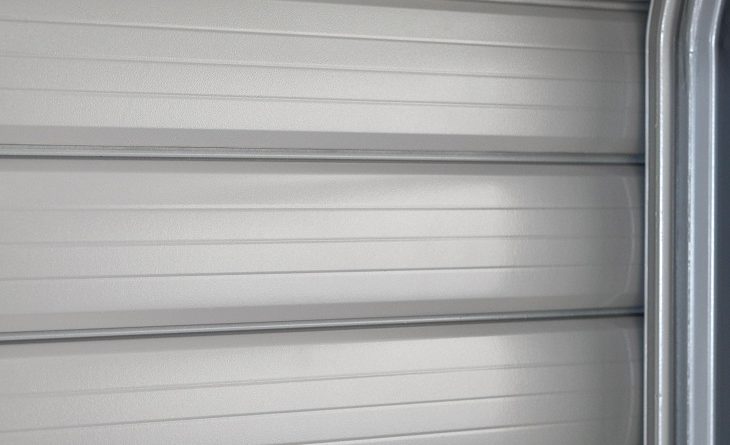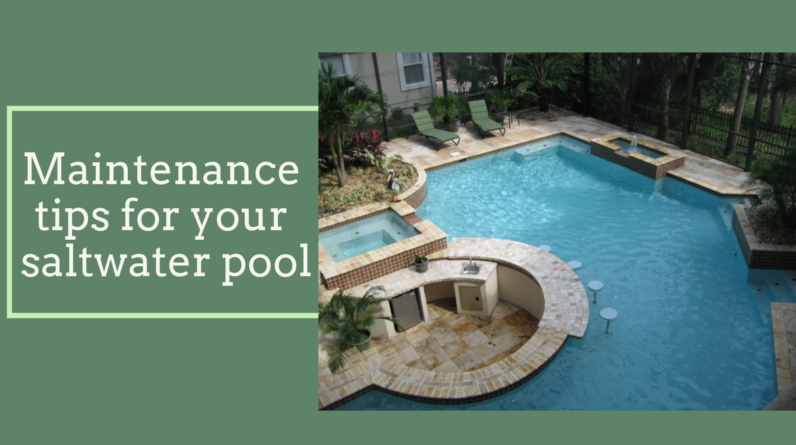
Saltwater pools are safer and more environmentally friendly than regular chlorinated pools, but they still use chlorine. The difference is in the amount and format of said chlorine. Regular chlorine pools use 30g of chlorine for every 15,000 litres of water. The chlorine can be in the form of powder or tablets. This solid chlorine should be added once a week. Conversely, in saltwater pools, a salt cartridge converts salt into liquid chlorine, which feels softer on your skin.
It doesn’t itch or bleach as much as powder chlorine, and it’s also kinder on your eyes, nasal passages, and pool walls. To catalyse the conversion process (which is also known as electrolysis), you have to seed your pool with muriatic acid, a mild form of hydrochloric acid.The chlorine in the muriatic acid enables the salt in your cartridge to generate gaseous chlorine. The process is perpetual, continually changing your disinfectant from chlorine to salt and back.
The salt cartridge itself needs to be replaced every five years or so, compared to chlorine cartridges, which need replacement every two years. In this sense, saltwater pools work out cheaper. Let’s look through some maintenance tips to keep it in good order.All types of swimming pools require basic maintenance, and the level of care is driven by varying factors, like weather patterns, frequency of use, and number of regular users.
Weekly maintenance
Typically, you should skim your water daily to remove leaves, twigs, and other surface debris. If you have a pool cover, that minimises your skimming duties. The type of cover you install depends on your budget. Many pool installers will give you a free leaf cover, that’ll do. Every two or three days, you should clean the pool walls and floors. If your pool isn’t used daily, you can relegate cleaning services to use a week, using a pool vacuum, pool brush, robotic pool cleaner.
If you have a pool maintenance up like PoolPal, you can set your pool robot to work on a timer, or you can turn it on and off from your phone. Apart from manual cleaning, you should test your pool water using a dropper kit or pool strips. Some salt cartridges have digital display panels that remind you when it’s time to clean (or test). They also display chemical levels. Your pool app does this too, sending your constant readouts of your swimming pool pH.
You want your chlorine to be 1 to 3 parts per million, resulting in a pH of between 7.2 and 7.6. If it’s too low, and if your pool has a chlorine dial, you can up your setting, which pushes your salt cell to electrolyse faster. If the pH is too high, add muriatic acid. The chlorine in it will make your pool more acidic. If it’s too low, add either sodium bicarbonate orsoda ash to raise it. Your pool manual or pool app can guide on recommended levels for those respective chemicals, and the right pool app can display and manage all these stats at a glance.
Monthly maintenance
Some of the more advanced pool apps can even remotely adjust the levels dispensed by your pool cartridge e.g. dialing salt and chemical levels up or down. But it’s always a good idea to do a manual double-check. During your monthly pool-water check, review the levels of salt, calcium, alkalinity, and stabiliser (usually cyanuric acid). Check each chemical individually, then tweak each one to maintain your ideal pH.For quarterly maintenance (every third month), inspect the salt cartridge itself. Open it and look inside for residues or scale.
Visible dirt can be removed with a high pressure water hose, but if it’s too stubborn to wash off, try scraping the contaminants with a tool made from wood or plastic. As a last resort, you can trying soaking the salt cell in mild acid. Get a corrosion-proof container and put four parts of water in it, followed by one part of muriatic acid.Remember to always put the water first, to prevent acid damage. Submerge your salt cartridge into your acid wash, making sure electricals and cables don’t touch the liquid.
It only needs to soak for a few minutes, then you can rinse away the acid (and residue) using a high pressure hose. If you prefer to close your pool during winter (which we don’t have to do, because of our largely tropical Aussie weather), detach the flow switch and the salt cell itself.Replace them with a dummy salt cell for the colder months, but leave the control box attached – it can withstand icy temperatures. But on days when the weather forecast warns of extra cold, run the pump for 24 hours to keep it flowing. Also, invest in an automated pool cover if you can.
Read Also:
There’s Still Time to Get a Pool Installed Before Summer!


